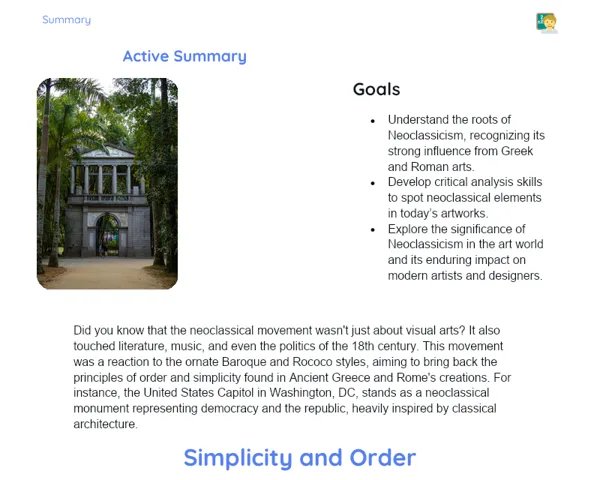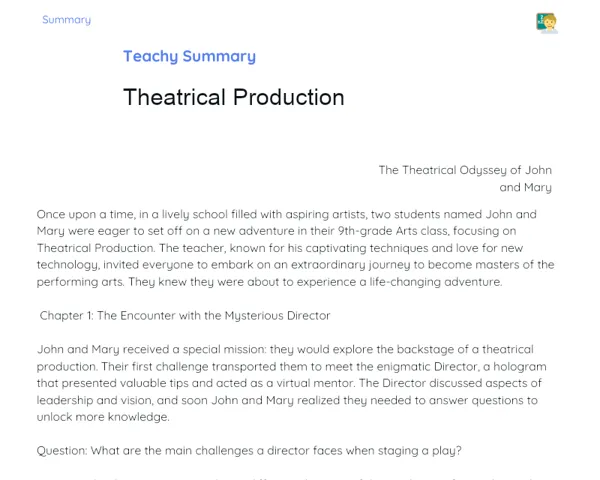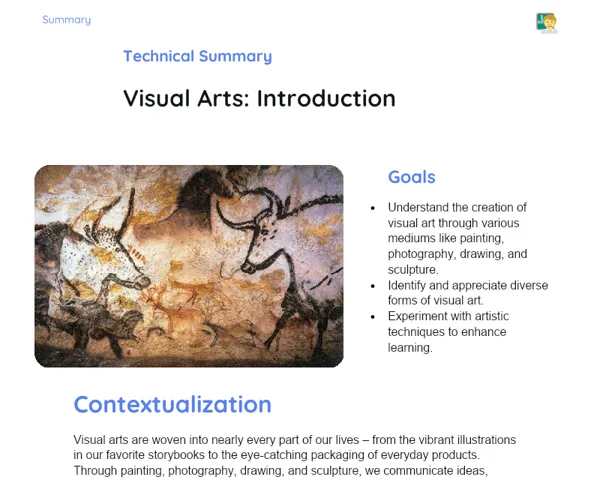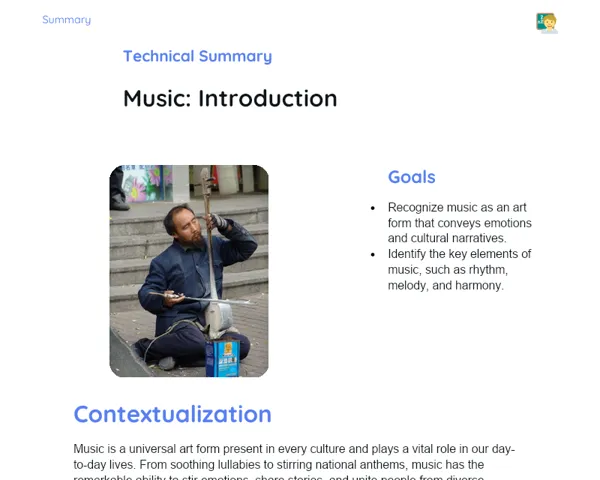Objectives
1. Explore and identify various sound sources, especially focusing on how we can use our bodies to create sounds like clapping and vocal expressions.
2. Enhance our auditory skills and the ability to replicate simple rhythms and melodies using our bodies.
3. Encourage creativity and individual expression through the production of body sounds.
Contextualization
Did you know the human body can serve as a powerful musical instrument? Across various cultures, body sounds are utilized not just for entertainment but as a significant medium of cultural expression. For instance, in Indian folk traditions like 'dhol' and 'tabla', body rhythms often accompany the music, while in certain African cultures, 'talking drums' convey intricate messages through rhythmic patterns. In contemporary music, many artists incorporate body sounds to create innovative performances that bridge linguistic and cultural gaps. Therefore, delving into the sounds we can make with our bodies is not only enjoyable but also a way to connect with a rich global tradition of artistic expression.
Important Topics
Body Percussion
Body percussion is about generating rhythmic and melodic sounds using various parts of our body as instruments. This technique harnesses hands, feet, and even the mouth, mirroring typical percussion instruments. It’s a creative and easily accessible way to make music, particularly useful when traditional instruments are not available.
-
Utilizing different body parts: Hands, feet, thighs, and mouth can create a broad spectrum of sounds including beats, snaps, and claps.
-
Rhythm and coordination: Engaging in body percussion helps improve rhythm and coordination skills crucial for music and other artistic practices.
-
Creative expression: Students can unleash their creativity by devising rhythmic and melodic patterns that resonate with their personal ideas and emotions.
Voice as an Instrument
The human voice stands out as one of the most versatile instruments, capable of generating a wide array of sounds from melodies to various effects. By exploring vocal techniques such as beatboxing and throat singing, students expand their musical expression.
-
Vocal techniques: Techniques like beatboxing, throat singing, and imitating instruments can be explored to generate diverse musical sounds.
-
Expressing emotions: The voice serves as a potent medium for conveying emotions, enabling students to articulate and explore a vast spectrum of feelings through music.
-
Integration with other art forms: Students can merge their vocal skills with movement, as in dance, or with storytelling in theater, enriching their artistic expression.
Exploration of Ambient Sounds
Exploring ambient sounds involves listening to and reproducing sounds from our environment, like the rustling leaves, flowing water, or even daily objects we encounter. This practice nurtures an appreciation for unconventional music and inspires students on how both natural and artificial sounds can be woven into artistic creation.
-
Listening skills: Cultivating the ability to listen attentively and identify environmental sounds, which is vital for music composition and performance.
-
Creative experimentation: Motivates students to experiment with and blend non-traditional sounds into their compositions, fostering innovation.
-
Connection with the environment: Acquiring the skill to listen to and create sounds from nature helps students develop a deeper bond with their surroundings, enhancing their environmental awareness.
Key Terms
-
Body Percussion: The use of one's body to produce rhythmic and melodic sounds, mimicking percussion instruments.
-
Beatboxing: A vocal technique involving the imitation of musical instrument sounds with the mouth, usually as an accompaniment to rap.
-
Throat Singing: A vocal technique that enables a singer to produce multiple tones simultaneously, creating a distinctive vocal harmony.
For Reflection
-
How can body percussion be utilized to narrate stories or convey emotions without the use of words?
-
In what ways can the exploration of ambient sounds shape the perception of a location or circumstance?
-
Why is it important to explore new forms of musical expression, such as the voice and body sounds, in our artistic education?
Important Conclusions
-
We’ve delved into the fascinating realm of body sounds, discovering how our bodies can function as powerful musical instruments. We learned techniques of body percussion, how to use our voices creatively, and how to explore ambient sounds, all of which enriched our musical skills and understanding.
-
We uncovered that body sounds are more than just a playful activity; they hold significant value in various cultures worldwide, serving as modes of communication and artistic expression.
-
These skills not only deepen our appreciation for music but also foster creativity, listening skills, and teamwork, making us more adaptable and proficient artists and communicators.
To Exercise Knowledge
- Craft your own 'body percussion instrument' with everyday items like cups, pens, or plates and attempt to recreate a simple melody. 2. Record a brief musical piece made entirely of body sounds and share it with family or friends. 3. Venture outdoors, identify and record the myriad sounds you encounter, then try to imitate them using your body.
Challenge
Beatmaster Challenge: Put on a beatboxing show that features at least three 'instruments' created with your body, and share the video with the class or our online platform. Let your creativity shine and have a blast!
Study Tips
-
Watch performances by professional artists using body sounds to gain inspiration and learn new techniques.
-
Consider forming a 'body sound orchestra' with friends or family, where each person represents a unique theme with their sounds.
-
Continuously practice listening to and replicating environmental sounds; this exercise will sharpen your attention to detail and inspire innovative sound creation.



